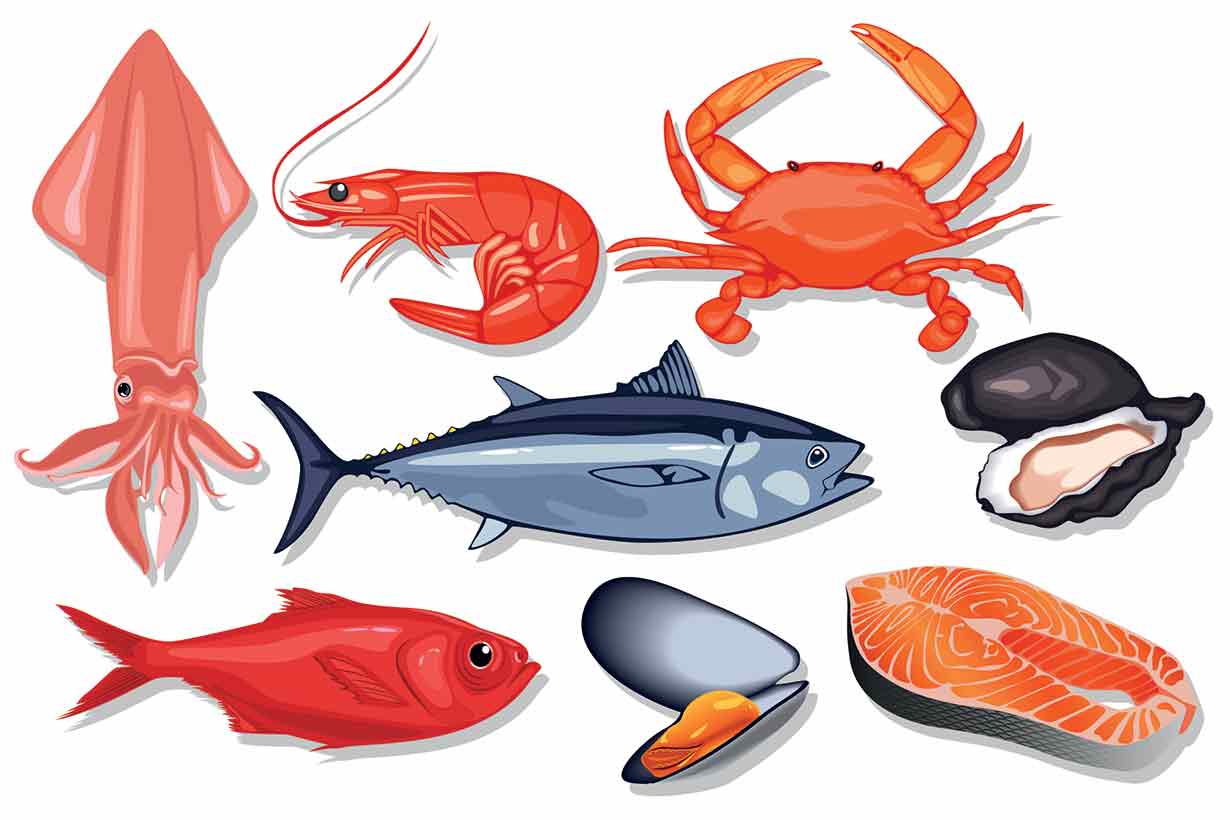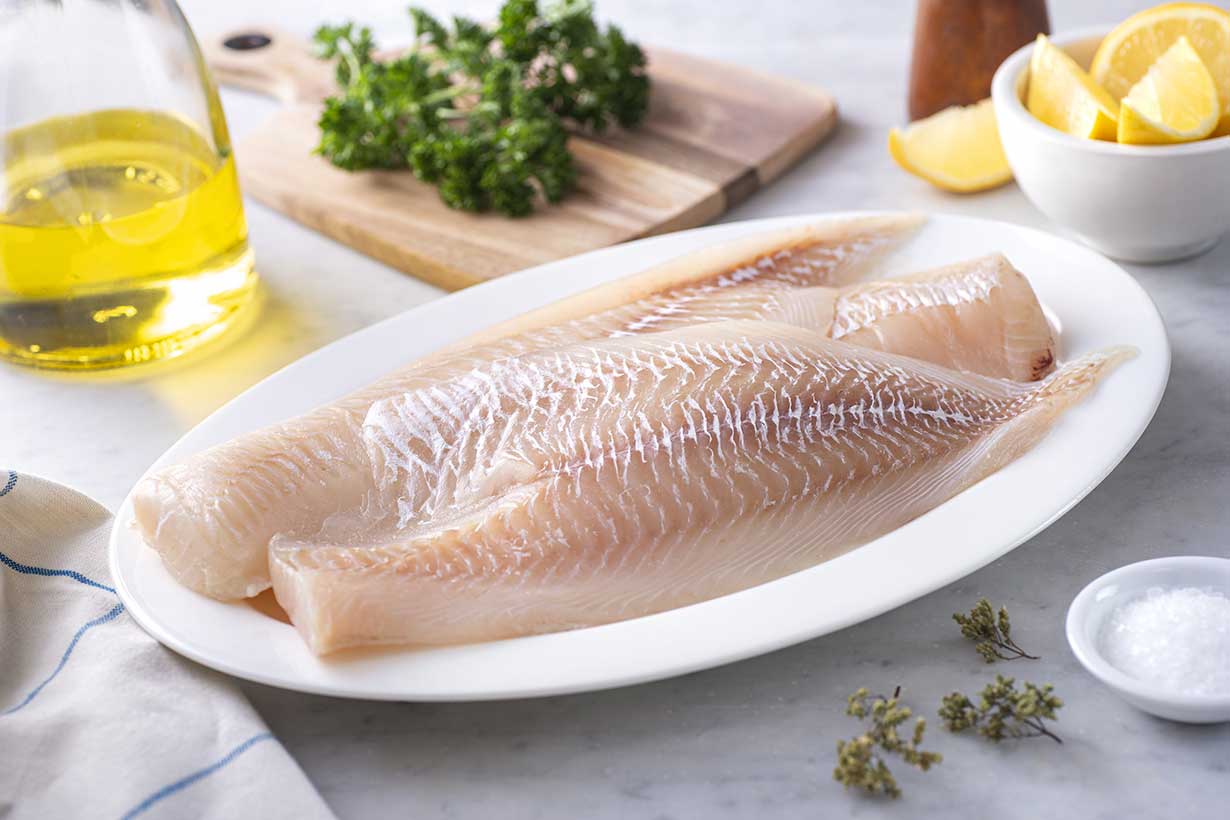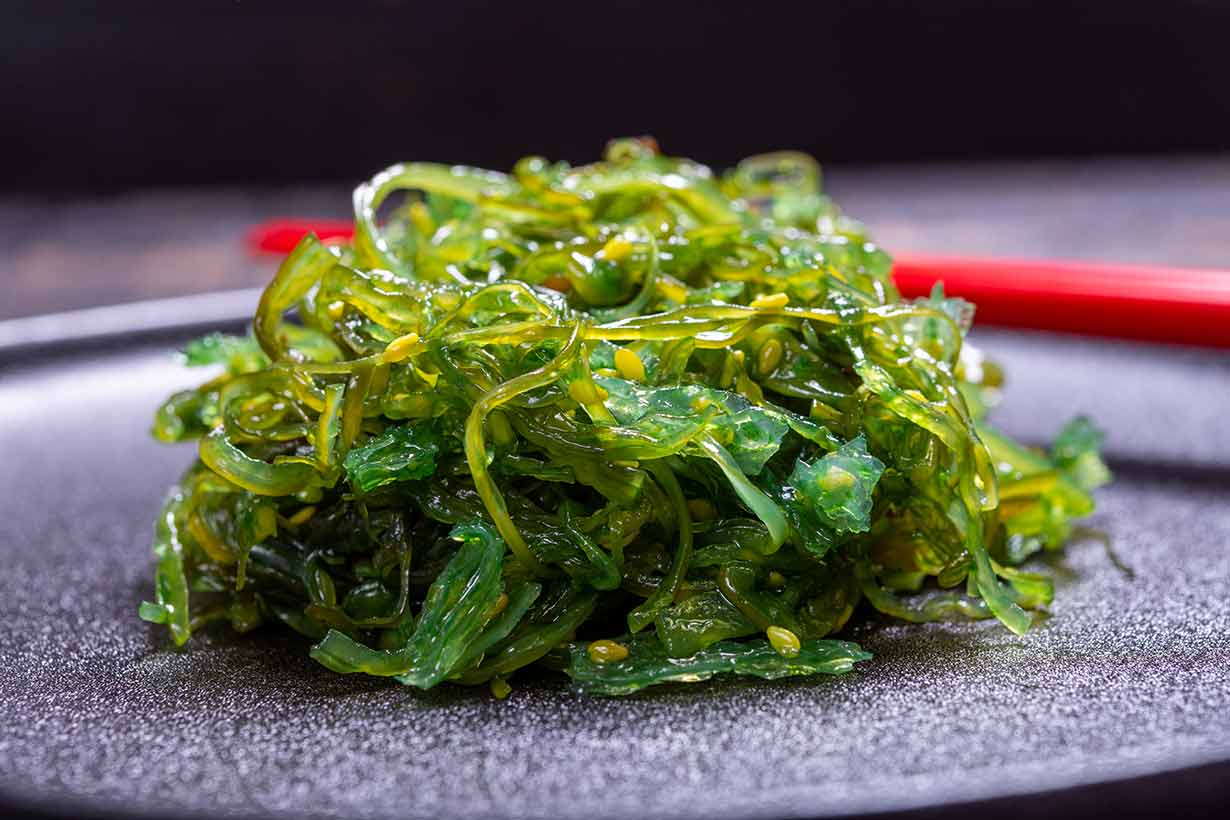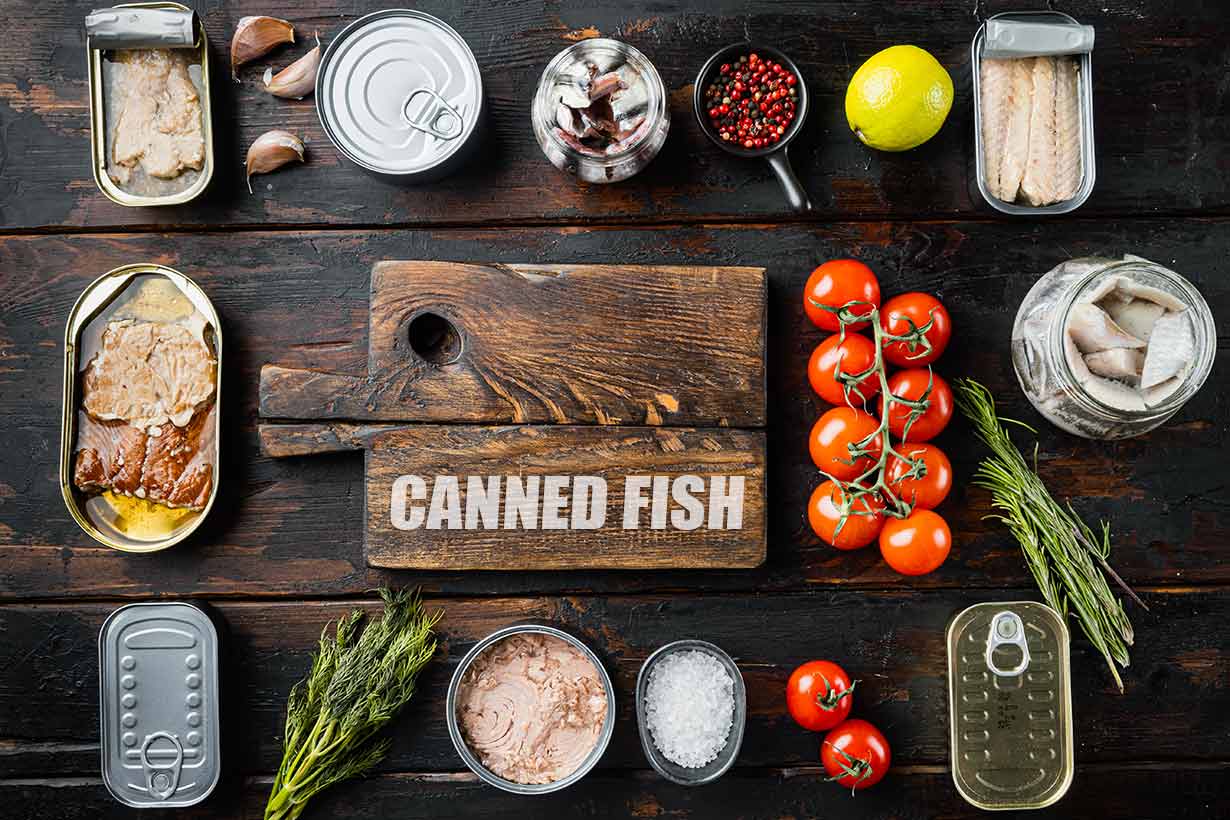Vitamin D is an essential vitamin that plays crucial roles in bone health and immune system function (1).
While sunlight and supplements are good sources, some foods are incredibly rich in the nutrient.
Among those foods, did you know that fish can contain more than your daily vitamin D needs per 100 grams?
In this article, we’ll take a look at 27 fish sources of vitamin D and the exact amounts each one provides.
Table of contents
Best Fish Sources of Vitamin D
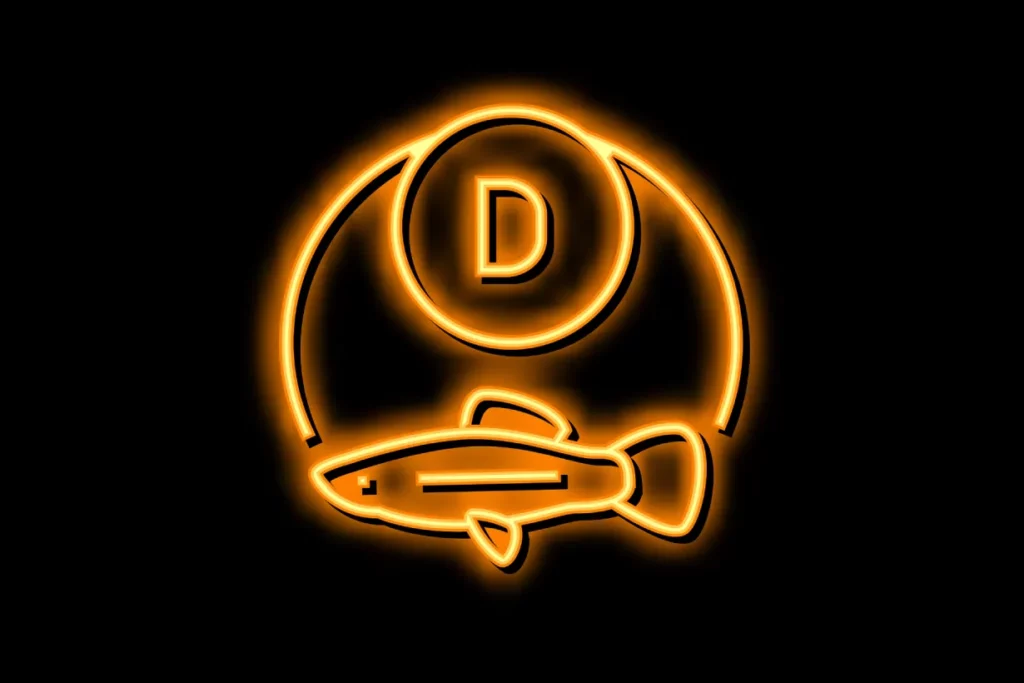
In the table below, you can see the top fish ranked by vitamin D content per 100g raw weight based on USDA data. Canned fish entries reflect the ready-to-eat product weight.
The FDA has set the daily value (DV) for vitamin D at 20 mcg per day (2).
| Rank | Fish name | Vitamin D (mcg/100g) | % DV per 100g |
|---|---|---|---|
| 1 | Carp | 24.7 | 124% |
| 2 | Eel | 23.3 | 117% |
| 3 | Canned Sockeye salmon | 21.0 | 105% |
| 4 | Smoked salmon (Chinook) | 17.1 | 86% |
| 5 | Atlantic mackerel | 16.1 | 81% |
| 6 | Rainbow trout, farmed | 15.9 | 80% |
| 7 | Canned steelhead trout | 15.1 | 76% |
| 8 | Canned pink salmon | 14.5 | 73% |
| 9 | Sockeye salmon | 14.1 | 71% |
| 10 | Swordfish | 13.9 | 70% |
| 11 | Fish roe | 12.1 | 61% |
| 12 | Atlantic salmon, farmed | 11.0 | 55% |
| 13 | Pink salmon | 10.9 | 55% |
| 14 | Sturgeon | 10.3 | 52% |
| 15 | Snapper | 10.2 | 51% |
| 16 | Coho salmon, wild | 9.0 | 45% |
| 17 | Bluefin tuna | 5.7 | 29% |
| 18 | Sea bass | 5.6 | 28% |
| 19 | Sardines, canned in oil | 4.8 | 24% |
| 20 | Halibut | 4.7 | 24% |
| 21 | Herring | 4.2 | 21% |
| 22 | Tilapia | 3.1 | 16% |
| 23 | Flounder | 2.8 | 14% |
| 24 | Yellowfin tuna | 1.7 | 9% |
| 25 | Whiting | 1.4 | 7% |
| 26 | Atlantic cod | 0.9 | 5% |
| 27 | Haddock | 0.5 | 3% |
As the table shows, carp, eel, salmon, mackerel, and trout tend to be the best sources of vitamin D among fish. A wide variety of fish species also contain high amounts of vitamin D.
Vitamin D ‘Per Serving’ Breakdown
Let’s now look at how much vitamin D a typical serving of each fish offers, presented as percent daily value, since not all fish come in the same serving size.
Serving sizes are based on typical fillet weights according to USDA data. If you wish to see the data, click the reference numbers in parentheses to go directly to the USDA’s nutrition entry for each fish:
Note: 100% of the daily value is 20 mcg vitamin D.
Highest Vitamin D Per Serving (≥90% DV)
- Carp (218g fillet): 269% DV (1)
- Eel (204g fillet): 238% DV (2)
- Sockeye salmon (198g half-fillet): 140% DV (3)
- Snapper (218g fillet): 111% DV (4)
- Atlantic salmon (198g half-fillet): 109% DV (5)
- Swordfish (136g piece): 95% DV (6)
- Atlantic mackerel (112g fillet): 90% DV (7)
Note: Swordfish is a high-mercury fish.
High Vitamin D Per Serving (50–89% DV)
- Coho salmon (198g half-fillet): 89% DV (8)
- Canned Sockeye salmon (85g): 89% DV (9)
- Pink salmon (159g half-fillet): 87% DV (10)
- Smoked salmon (85g): 73% DV (11)
- Canned steelhead trout (85g): 64% DV (12)
- Rainbow trout (79g fillet): 63% DV (13)
- Canned pink salmon (85g): 62% DV (14)
Moderate Vitamin D Per Serving (20–49% DV)
- Halibut (204g half-fillet): 48% DV (15)
- Sturgeon (85g): 44% DV (16)
- Herring (184g fillet): 39% DV (17)
- Sea bass (129g fillet): 36% DV (18)
- Bluefin tuna (85g): 24% DV (19)
- Flounder (163g fillet): 23% DV (20)
- Canned sardines (92g can): 22% DV (21)
Note: Tuna is a high-mercury fish.
Low Vitamin D Per Serving (<20% DV)
- Fish roe (28.35g): 17% DV (22)
- Tilapia (116g fillet): 18% DV (23)
- Cod (231g fillet): 10% DV (24)
- Yellowfin tuna (85g): 7% DV (25)
- Whiting (92g fillet): 6% DV (26)
- Haddock (176g fillet): 4% DV (27)
Why Do Some Fish Contain High Amounts of Vitamin D?
First of all, let’s look at why fish contain vitamin D.
The primary way in which fish accumulate vitamin D is through their diet rather than from exposure to sunlight (28).
Here’s a brief explanation of how this works (29):
- Small organisms in the water, such as plankton, accumulate vitamin D in response to sunlight exposure.
- Many varieties of fish consume these vitamin-D rich plankton, increasing their vitamin D levels.
- Some fish feed on other fish that have consumed plankton, so the vitamin D moves up the food chain.
In addition to dietary origins, some fish—such as trout—can synthesize vitamin D directly from sunlight (30).
Regarding farmed fish, it is common practice for fish feed to be fortified with vitamins, including vitamin D, which contributes to their vitamin D stores (31).
We also need to consider that different fish species have a varied ability to accumulate vitamin D; this partly depends on their diet and physiology. Since vitamin D is a fat-soluble vitamin, it is found in fat tissue (32). As a result, fattier oily fish species like salmon and tuna tend to contain the highest amounts.
Is Farmed Fish Lower In Vitamin D Than Wild Fish?
While it may not always be the case, wild fish tends to contain more vitamin D than farmed fish.
This is a relatively consistent finding in the literature, with recent studies showing that:
- Farmed salmon had only 25% of the mean vitamin D content of wild Alaskan salmon (33).
- Data from a 2019 study indicate that wild-caught salmon typically contains higher levels of vitamin D than farmed salmon, although this can vary by time of year and location (34).
How Much Fish Do You Need To Meet Your Vitamin D Needs?
As previously mentioned, fish can be an excellent vitamin D source. However, consuming fish alone does not guarantee you’ll meet your vitamin D needs.
For instance, studies show that fish consumers and individuals following recommended fish intakes did not meet the recommended dietary intake of vitamin D (35, 36).
Based on the top ten fish sources of vitamin D in the table earlier, you’d need to consume approximately the following raw weights of fish to reach the FDA’s 20 mcg daily value (2):
- Carp: 81g
- Eel: 86g
- Canned Sockeye salmon: 95g
- Smoked Chinook salmon: 117g
- Atlantic mackerel: 124g
- Farmed rainbow trout: 126g
- Canned steelhead trout: 132g
- Canned pink salmon: 138g
- Sockeye salmon: 142g
- Swordfish: 144g
However, other contributors to vitamin D status include sunlight, supplements, and other foods.
Other Food Sources of Vitamin D
Aside from fish, dietary sources of vitamin D include eggs, mushrooms, liver, and fortified foods and drinks.
For further information, please see this list of foods high in vitamin D.
Summary
Fish are one of the best dietary sources of vitamin D, with some species offering more than 100% of the daily value per 100g.
Fatty fish like eel, mackerel, salmon, and trout tend to provide the highest amounts.

